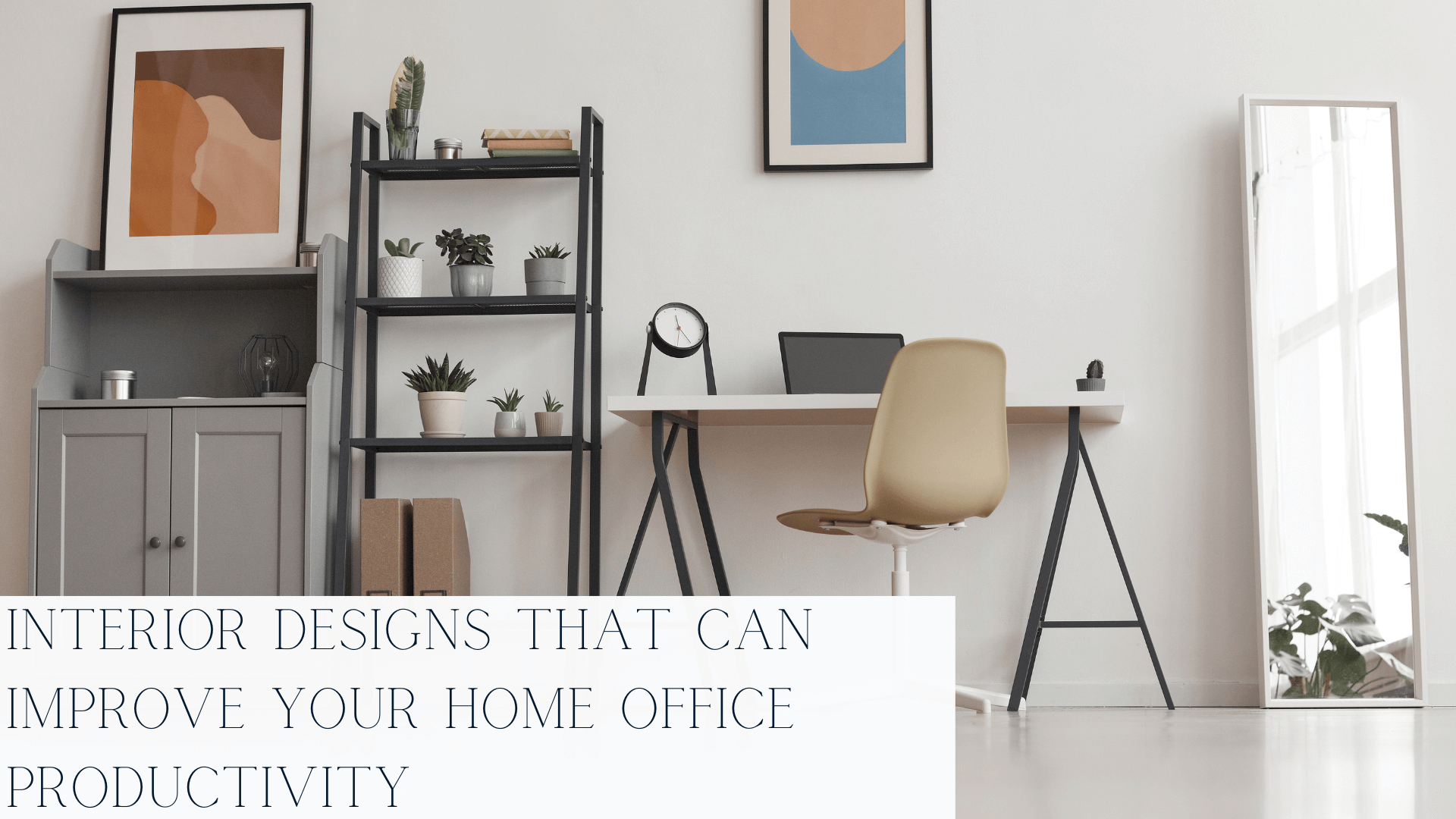Create Boundaries
For many of us, having a dedicated room for work is simply not an option. Instead, we often find ourselves improvising and making the best of the space we have available, resulting in makeshift home office setups. Unfortunately, for far too many people, their “home office” ends up being their bed or even the couch. This is far from ideal.
Blurring the lines between your living space and workspace can hinder your brain’s ability to adapt and make it difficult to maintain a productive mindset. After all, your couch and bed are meant for relaxation, not work. It is important for your mind, just like your body, to perceive a distinct separation between areas designated for relaxation and those meant for work.
It is recommended to set up a table and chair in a room corner instead of using your couch or bed as your workspace. You do not need much space for a home office design. A dedicated workspace away from your living area is sufficient.
A tripod floor lamp can provide subtle, warm lighting in your workspace by burning the midnight oil comfortably. And if you are limited on square footage, consider using Murphy tables for a minimalist and utilitarian lifestyle while adding a touch of coolness to your setup.
Consider the Lighting
The lighting situation is one aspect of home office design that significantly affects your productivity. It can have unwanted consequences if you rely solely on natural light to illuminate your workspace. Natural light changes throughout the day, so you must be aware of these fluctuations in your home office.
Think about your experience in an office building. Bright lights are typically used together with natural light to create an optimal work environment, helping employees stay focused and energised throughout the day.
When working from your living room or other areas of your home, you have the opportunity to create a work environment that fulfill your needs and preferences. Why not consider lighting that suits you best? Using desk lamps helps you block out distractions and concentrate on your tasks. Good lighting may seem underrated, but it crucially enhances your home office experience.
When you visit the best restaurants, bars, or eateries, what immediately catches your attention and sets the mood? It is often the ambience and lighting. If you value mood lighting during your leisure time, shouldn’t your workspace, where you spend 40 hours each week during remote work, deserve the same consideration?
The last important thing to keep in mind is striking a balance with your lighting. You do not want your home office design to be overly bright, causing eye strain and difficulty seeing your screen. On the other hand, you also do not want it to be too dim, making you unfocused.
Explore Colours
Your home office design does not have to be strict and minimalist. In fact, having an attractive and visually appealing workspace can make you look forward to your workday. So, why not consider adding a pop of colour here and there to your home office?
Introducing colour into your workspace is an opportunity to showcase your personality and infuse your own unique style. Let your creativity shine by incorporating bold and vibrant colours that resonate with your aesthetic preferences. This adds a personal touch and creates a cheerful and inviting work atmosphere.
Bright colours have an additional benefit. They enhance the natural lighting in the room. Amplify the brightness and create a lively ambience by using vibrant hues to foster a positive mindset and energy.
Consider incorporating standard colours like greens and blues into your home office. They have been found to boost mood and help reduce stress levels associated with work. So do not hesitate to infuse your workspace with these calming tones for a soothing and productive environment.
Take note that your home office is a space where you spend a significant portion of your day, so make it visually appealing and reflective of your personal taste. Let colour be your ally!



